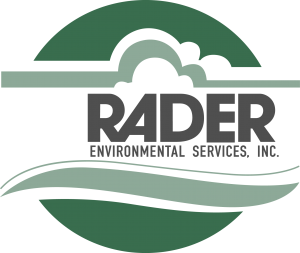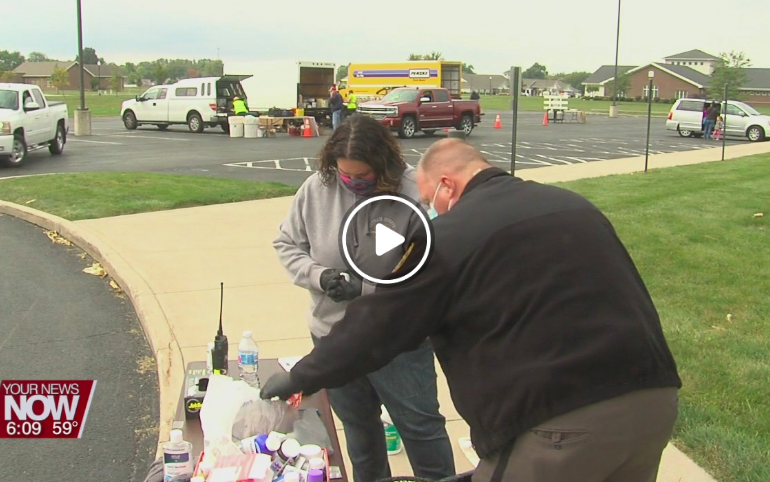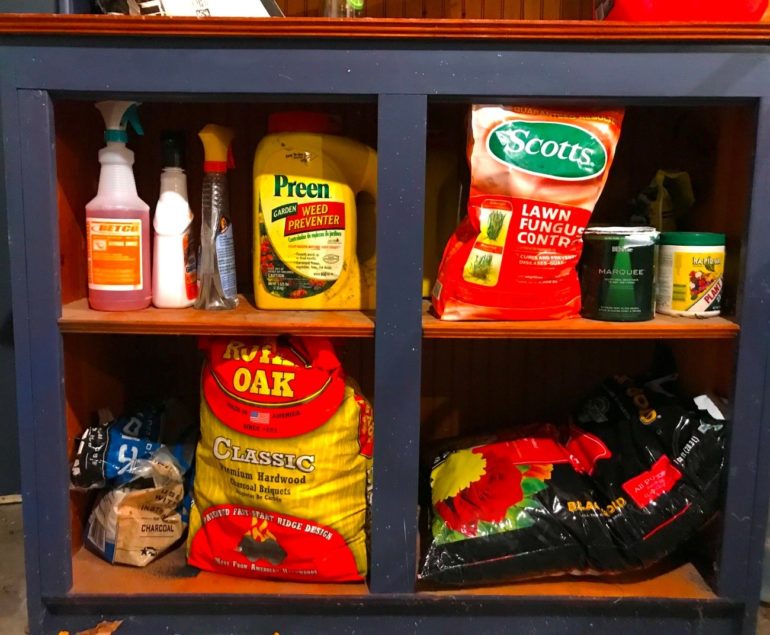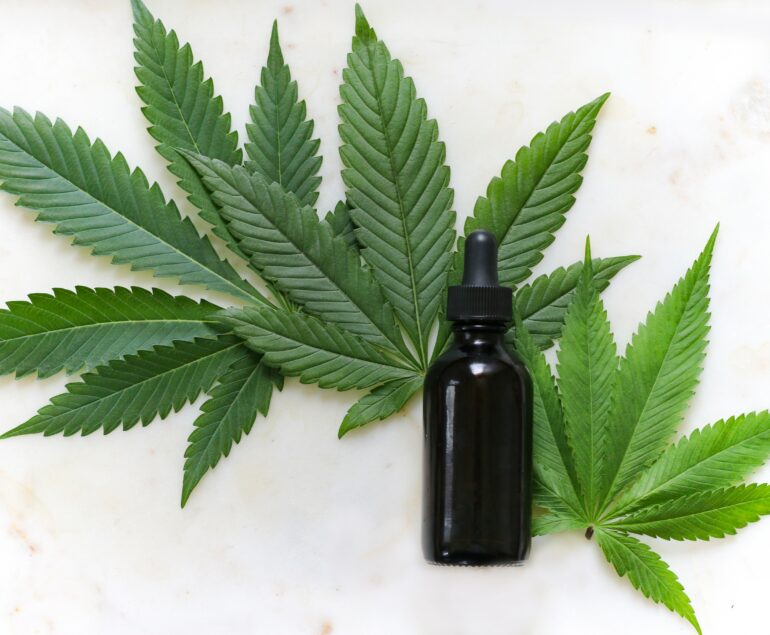Hazardous waste recycling is a top priority for Rader Environmental Services. As often as possible, we facilitate the recycling or re-use of unwanted chemicals for companies, universities, healthcare facilities, school systems, and residents.
How exactly do we facilitate hazardous waste recycling? We start by determining whether the unwanted chemicals are used commercially or in a residential setting. For commercial entities, a chemist visits your workplace, manufacturing facility, lab, etc., to assess your company’s unique waste disposal needs. Then, the chemist or remediation expert devises a swift and efficient strategy to remediate the waste.
Household Hazmats vs. Commercial Waste
For Northwest Ohio residents, we partner with local governments to host household hazardous waste collection day events. We assist Litter Landing in the spring and summer months and partner with Putnam County on their household hazardous waste collection days.
Rader remediates tons of household hazardous waste by recycling it or sending it to a processing facility for re-use. Latex and oil-based paint, lead-acid batteries, and electronics are examples of waste that are perfect for hazardous waste recycling.

In 2019, Rader achieved a significant milestone. “We not only facilitated the removal of a substantial amount of chemicals and household hazardous waste from Northwest Ohio communities, but we recycled nearly 90% of this waste,” says Joe W. Rader, president of Rader Environmental Services.
Recycling Paint
For both commercial and residential clients, we manage the recycling of old latex paint into new latex paint. Similarly, oil-based and flammable paints are repurposed as fuel.

Downcycling Mercury Lamps
Did you know that there is a small amount of mercury present in lamps and other devices? And a mercury-vapor lamp is a gas-discharge lamp that uses an electric arc through vaporized mercury to produce light. We salvage the mercury from light bulbs, fluorescent lights, CFLs and other devices for re-use as new lightbulbs, thermostats or other products. In addition, the aluminum in these devices gets a new life as scrap metal, and the glass is downcycled into new glass, concrete, ceramic tile, countertops and more.
Batteries Are Closed-Loop Recycled
The common alkaline battery is difficult to recycle, but a lead-acid battery is not. As a matter of fact, a lead-acid battery is “closed-loop recycled,” In other words, every part of the old battery is reused into a new battery! Car batteries are often lead-acid batteries, (making Rader a great choice for auto body and auto parts shops.)

Here’s how closed-loop recycling works for lead-acid batteries. A chemist or Environmental Health & Safety expert turns the acid into water through a process called neutralization. When the acid is processed, it converts to sodium sulfate, an odorless white powder used in manufacturing. It is also used in laundry detergent, glass, and textiles.
Rader facilitates the recycling of NiCd or nickel-cadmium batteries and lithium batteries. Oftentimes, we send these rechargeable batteries to facilities that handle and process cadmium, a heavy metal. A smelter reclaims nickel-cadmium batteries as stainless steel.
Used Motor Oil Gets a New Lease on Life
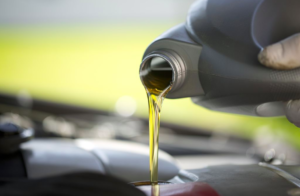
According to the E.P.A., “used oil can be re-refined into lubricants, processed into fuel oils, and used as raw materials for the refining and petrochemical industries. Additionally, used oil filters contain reusable scrap metal, which steel producers can reuse as scrap feed.”
For more information on removing or recycling hazardous waste from the environment, contact Rader today.
